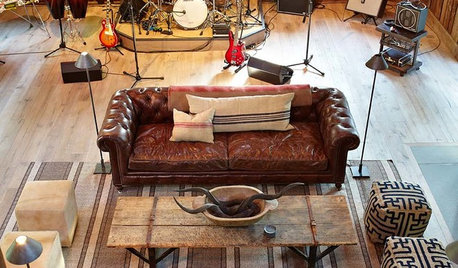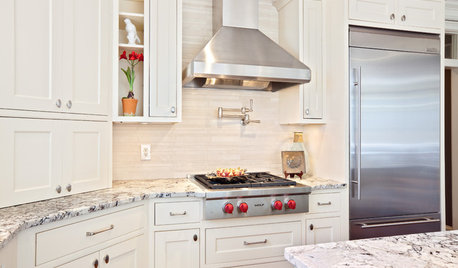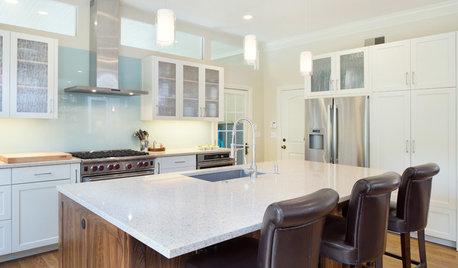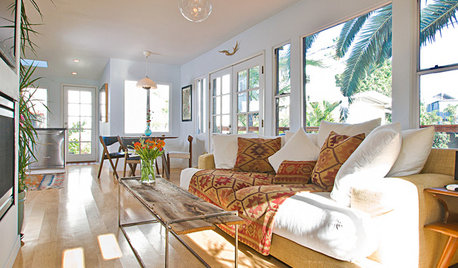Advice on Range Hood Ducting and Noise
pascalli
9 years ago
Featured Answer
Sort by:Oldest
Comments (11)
HomeChef59
9 years agohvtech42
9 years agoRelated Professionals
Bonita Kitchen & Bathroom Designers · Oneida Kitchen & Bathroom Designers · Soledad Kitchen & Bathroom Designers · Wesley Chapel Kitchen & Bathroom Designers · Saint Charles Kitchen & Bathroom Designers · Buffalo Grove Kitchen & Bathroom Remodelers · Paducah Kitchen & Bathroom Remodelers · Schiller Park Kitchen & Bathroom Remodelers · Foster City Cabinets & Cabinetry · Indian Creek Cabinets & Cabinetry · Los Altos Cabinets & Cabinetry · Prior Lake Cabinets & Cabinetry · Richardson Cabinets & Cabinetry · Wheat Ridge Cabinets & Cabinetry · Wells Branch Cabinets & Cabinetrypascalli
9 years agokaseki
9 years agopascalli
9 years agokaseki
9 years agoDavid Nolan
2 years agoqofmiwok
2 years agokaseki
2 years agokaseki
2 years ago
Related Stories

KITCHEN APPLIANCESWhat to Consider When Adding a Range Hood
Get to know the types, styles and why you may want to skip a hood altogether
Full Story
5 Stunning Modern Range Hoods
Today's kitchen range hoods can look like sleek sculptures. Here's what to look for when you go shopping for one
Full Story
THE ART OF ARCHITECTURESound Advice for Designing a Home Music Studio
How to unleash your inner guitar hero without antagonizing the neighbors
Full Story
KITCHEN DESIGNWhat to Know When Choosing a Range Hood
Find out the types of kitchen range hoods available and the options for customized units
Full Story
KITCHEN DESIGNHome Above the Range: Smart Uses for Cooktop Space
With pot fillers, shelves, racks and more, you can get the most function out of the space above your kitchen range
Full Story
KITCHEN DESIGNHow to Choose the Right Hood Fan for Your Kitchen
Keep your kitchen clean and your home's air fresh by understanding all the options for ventilating via a hood fan
Full Story
KITCHEN DESIGNModern Storage and Sunshine Scare Away the Monster in a Kansas Kitchen
New windows and all-white cabinetry lighten a kitchen that was once dominated by an oversize range hood and inefficient cabinets
Full Story
KITCHEN APPLIANCESThe Many Ways to Get Creative With Kitchen Hoods
Distinctive hood designs — in reclaimed barn wood, zinc, copper and more — are transforming the look of kitchens
Full Story
KITCHEN DESIGNA Cook’s 6 Tips for Buying Kitchen Appliances
An avid home chef answers tricky questions about choosing the right oven, stovetop, vent hood and more
Full Story
LIFEYou Said It: ‘I Actually Prefer Small Houses’ and Other Quotables
Design advice, inspiration and observations that struck a chord this week
Full Story






kaseki